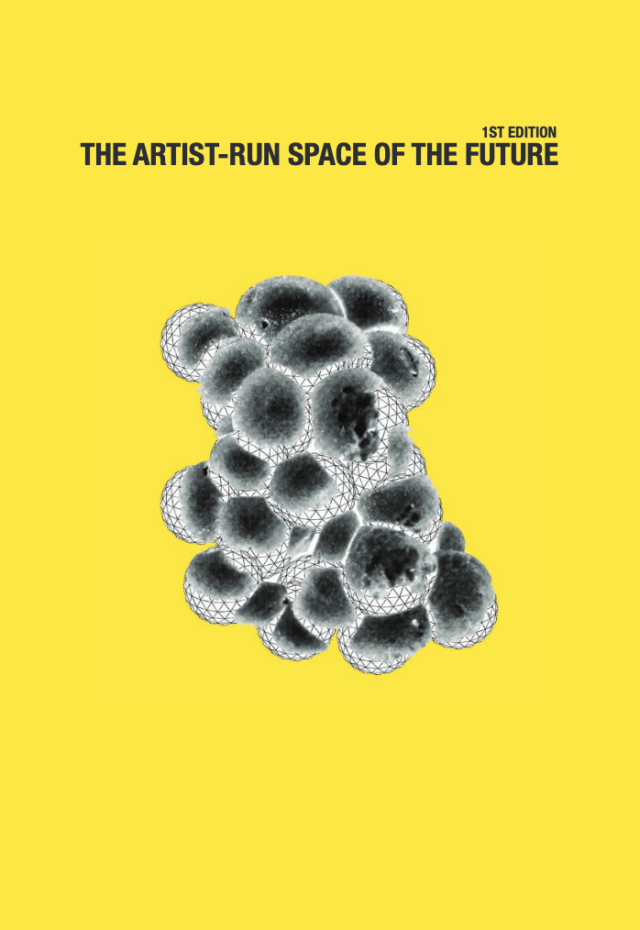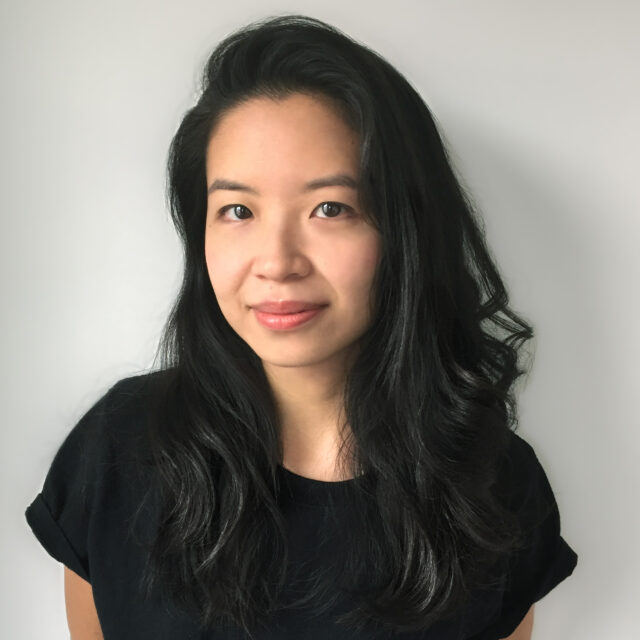← Explore
“I feel like the pandemic has taken us to a state of liminality, a curious but also disturbing ambiguity as we peer over a precipice—I would like to continue to dwell and imagine at this threshold.”
DEL Resident Macy Siu is an artist and foresight strategist who is driven by expression and empowerment tied to the hyphen of in-between spaces. As part of the Toronto-based foresight studio, From Later, her practice focuses on creating evidence-based experiential futures and speculative design towards driving conversations around possible inclusive futures. Macy has a background in fine arts with editorial and public relations experience in the art museum sector.
Q: How has the pandemic changed, influenced, or impacted your approach to artmaking? What will be different for you going forward?
A: My experience of the pandemic has and still is, what a friend aptly calls, “spiky”–a teetering between rousing highs and unbearable lows. The only way to cope with the discomfort is to take shelter at the in-between. The is a Japanese concept called Ma, indicating an in-between space of lack instead of excess, like the silence between notes or the stillness between movement. Discovering these interval spaces has enabled me to find pockets of refuge, and also voice, despite the chaos and extremes. The character for Ma (間) is also a Chinese character made up of two elements: the gate or door, and the inner character of the sun. I feel like the pandemic has taken us to a state of liminality, a curious but also disturbing ambiguity as we peer over a precipice—I would like to continue to dwell and imagine at this threshold.
“I’m so curious [about young artists’ perspective]. What visions might they have, of futures where concepts of uncertainty, trust, distance, work, care, etc. are already so drastically different than the old world that nurtured my own ways of seeing?”

Macy recommends:
Institute for Applied Aesthetics, The Artist-Run Space of the Future (2012)
Institute for Applied Aesthetics, The Artist-Run Space of the Future (2012)
Q: When do you do your best work? How do you make space to do your best work?
A: When I take a playful, sensorial approach to my work—both in terms of thinking about dimensions of the work, but also in creating a stimulating space (physical, intellectual, and emotional) for myself to work in. Often the most precious space for me is headspace, and when I can’t stop my mind from reeling, I go for walks and resign myself to chance encounters; it’s the best brain medicine. I also love basking in the synchronicity of collaboration, when I am jamming with someone one-on-one and the energy is just delicious. Other than that, I always make my bed to reset for the day.
Q: What hopes do you have for younger artists that are just starting out?
A: My hope is that we listen and learn from them better. They are the new antennas of our time, and we are witnessing the marking of a new generation now. I’m so curious to see from their eyes. What visions might they have, of futures where concepts of uncertainty, trust, distance, work, care, etc. are already so drastically different than the old world that nurtured my own ways of seeing?
